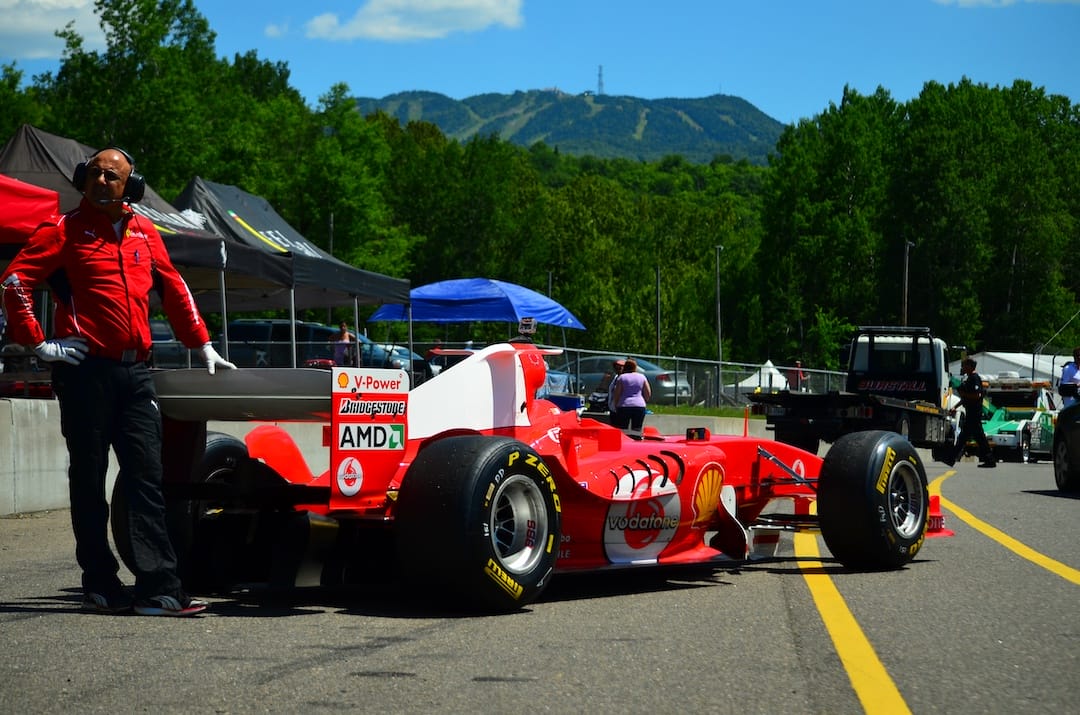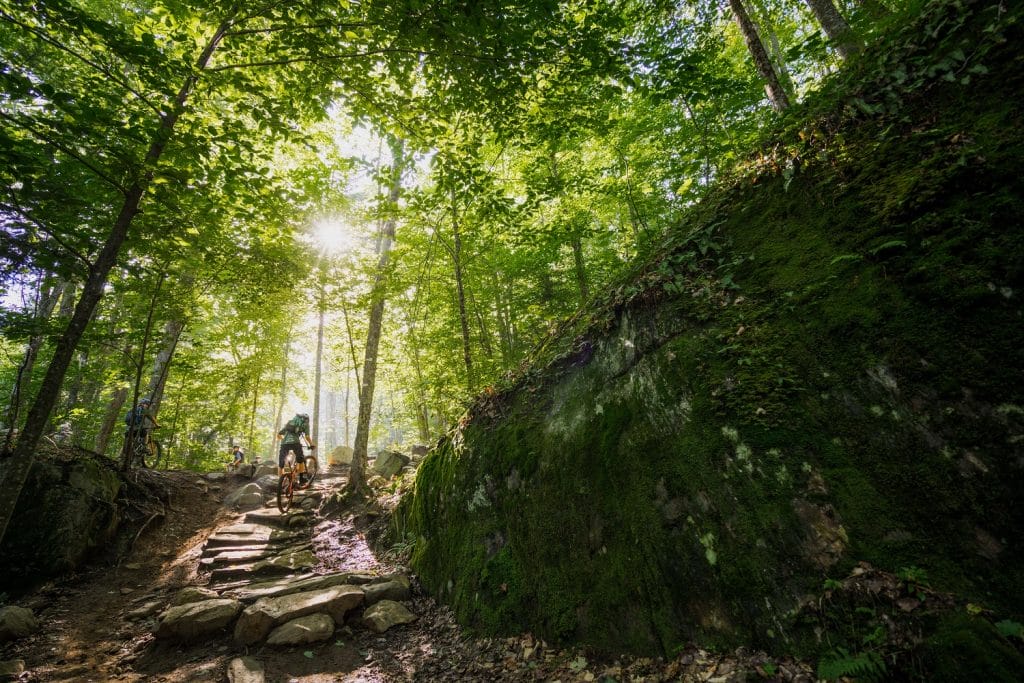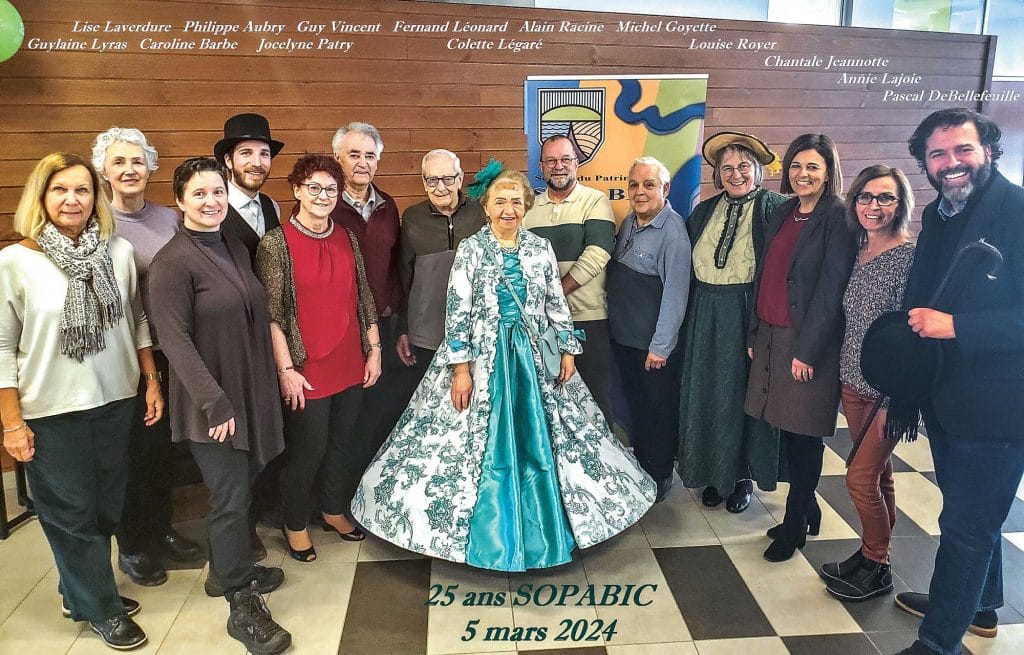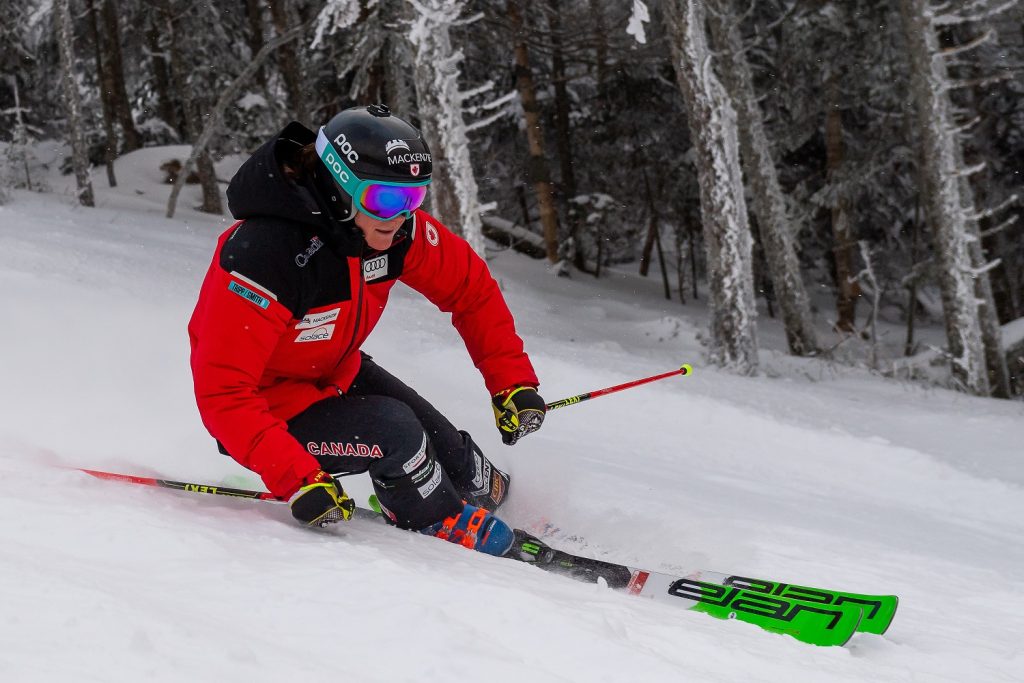What is the future of the Circuit Mont-Tremblant
By Véronique Piché
Noise of “special events” at race track singled out
In 1964, the first ever automobile race was held at Circuit Mont-Tremblant. In March 2020, some 55 years later, a judge of Quebec’s Superior Court concluded, in a judgment, that the noise emanating from the same racetrack causes, in certain respects, a problem in the vicinity.
Damages are anticipated for the residents who live in what has been called the Zone rapprochée – the immediate area. Under the circumstances, what is the future of the Circuit Mont-Tremblant?
Current activities such as driving school courses or corporate events will continue “since the Court’s ruling does not affect more than 85 % of normal track activities,” explains Vince Louhgran, the Circuit’s general manager. It appears that the 2020 season will be relaunched when the government has lifted the pandemic-related containment measures.
“However, certain race events, listed under the municipal by-law as ‘special events’ according to the municipal bylaw are affected by the judgement which requires these particular ‘special events’ to be conducted at the same standard as the regular events,” Circuit Mont-Tremblant emphasizes in a press release.
No noise limits
According to the Municipal noise bylaw, “special race events” are those during which “some vehicles may not be equipped with mufflers”. The Ville de Mont-Tremblant thus does not impose noise limits at the Circuit during these events where there are free trial sessions, qualifying heats, demonstrations and automobile races.
The Ville de Mont-Tremblant, which was not cited in the recent litigation, has refused to comment on the case. According to Jean-Marc Lacourcière, lawyer for the Association des résidents de Mont-Tremblant pour la qualité de vie, the judgment rendered by the Honourable Johanne Mainville on March 24, 2020, should give municipal authorities cause for reflection.
“In my opinion, the judgement indicates that their current bylaw allows the Circuit to cause a nuisance,” he says.
The saga continues
Circuit Mont-Tremblant has not yet announced whether it wishes to appeal the judgement. “A period of 30 days is normally permitted,” Me Lacourcière explains, “but there is currently a temporary suspension of some periods of time related to the courts, until expiry of the health emergency declaration due to the COVID-19 crisis.” So there will be a wait.
“Over the years, we have come to realize that there will always be a small select group who oppose the activities of the race track, and while we respect their opinions, they will have to accept the realization that the race track has a legal right to operate and intends to do so.
Circuit Mont-Tremblant looks forward to being a part of the Mont-Tremblant business and tourism community for years to come,” says the Circuit‘s general manager.
Me Lacourcière thus expects to cross swords again with the Circuit. He emphasizes that this conflict has nothing to do with a small group of residents or vacationers who settled over the years close to a race track.
“That is not the history. There was a major track in the ‘60s and ‘70s, but the track fell into disuse, to the point where the owner had announced his intention to convert the land into a real estate development. He had asked the Ville de Mont-Tremblant for a zoning change.” And that takes things back to the municipality, which does not wish to comment on the situation.
Reading the judgement shows the complexity of the problem. How can it be that a municipal noise bylaw provides an entity with the “right of nuisance”? How do you reconcile tourism and quality of life? Is it money and money alone that should tip the balance?










0 Comments